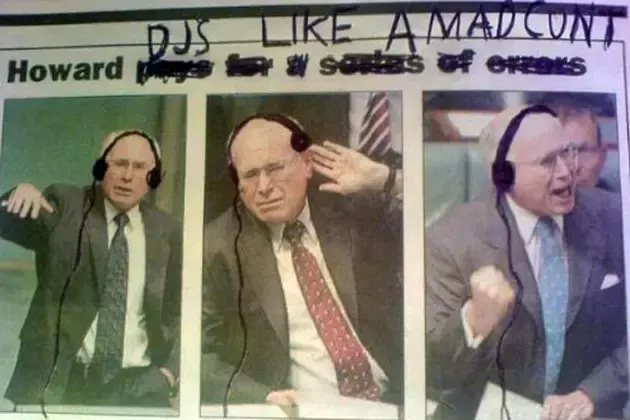You need to only look at the modern crossbench, and the teals in particular, to see the prospect of a 2010 repeat is unlikely.
These modern independents aren’t former Nationals blokes who have turned their back on their party.
They’re modern women who couldn’t see themselves in the party that once took their seats for granted.
“While the 2022 election might be heralded as a ‘breakthrough’ for the independents, the conditions for their election have been building over several decade,” the Australian Election Study noted in 2022.
“Many of these changes are associated with voters being ‘less rusted on’ to the major political parties and becoming more independently minded in their political choices.”
That’s the problem with scare campaigns like the Coalition’s. When you threaten voters with a minority government, that would require crossbench negotiations, some in the seats you’re trying to win might be left thinking: “Oh, that sounds more preferable than you.”


Surely that only worked because many teal voters were previously Coalition voters so presumably they’re trying to win back those former supporters of theirs in the hopes it will be enough to defeat the Teal candidates.
Only 18 per cent were Coalition voters at the 2019 election. Again, you would think from some of the commentary and media coverage that the Teals got in off the back of massive amounts of disappointed Coalition voters but that’s not actually what happened. The Greens lost more voters (24 per cent) to the Teals than the Coalition, according to the study.
As a Geeen voter, I can’t even think of what sort of Green voter would Vote Teal instead, they’re night and day apart?
This doesn’t pass the sniff test, you don’t need to vote “tactically” in Australia, we have preferential voting, so a Green Vote might preference a Teal and see their vote flow that way of the green candidate doesn’t hwt wnogh if the primary vote but thats a a different thing then Voting 1 Teal.
I always preference any Independent over the toxic shit stain that is the ALP and LNP.
This is the section on the Teal vote from the study:
I think the point you are overlooking here is that the Teal candidates were brand new independents who had a big campaign focused on environmental policy presenting them as direct competitors to the Coalition incumbents. The study is suggesting voters made the collective assumption that their candidate/party would be unlikely to win (my guess is Labor voters: because these were Liberal seats, Greens voters: because The Greens up until this point had only ever held one seat in the lower house) so they directed their first preference vote to the Teal independents a) to ensure this new independent would gain enough votes to not instantly be eliminated in the first round but also b) with the hope that voters from other blocks (Liberal, Labor, Greens, etc) would do the same. The Teal candidate was likely the second preference for all of these blocks to a candidate from one of the other main contenders (Liberal/Labor/Greens). For example, a Labor voter might see them as more rational than a Greens candidate, a Greens voter might see them as stronger on the environment than a Labor candidate, etc. The primary goal in these electorates was not to get the first choice candidate/party elected to power - it was to ensure the Coalition lost the seat. The Teal independents were the candidates that these different groups all predicted would be the most likely to pull this off, but this required that enough people preference them first on the ballot to avoid early elimination.